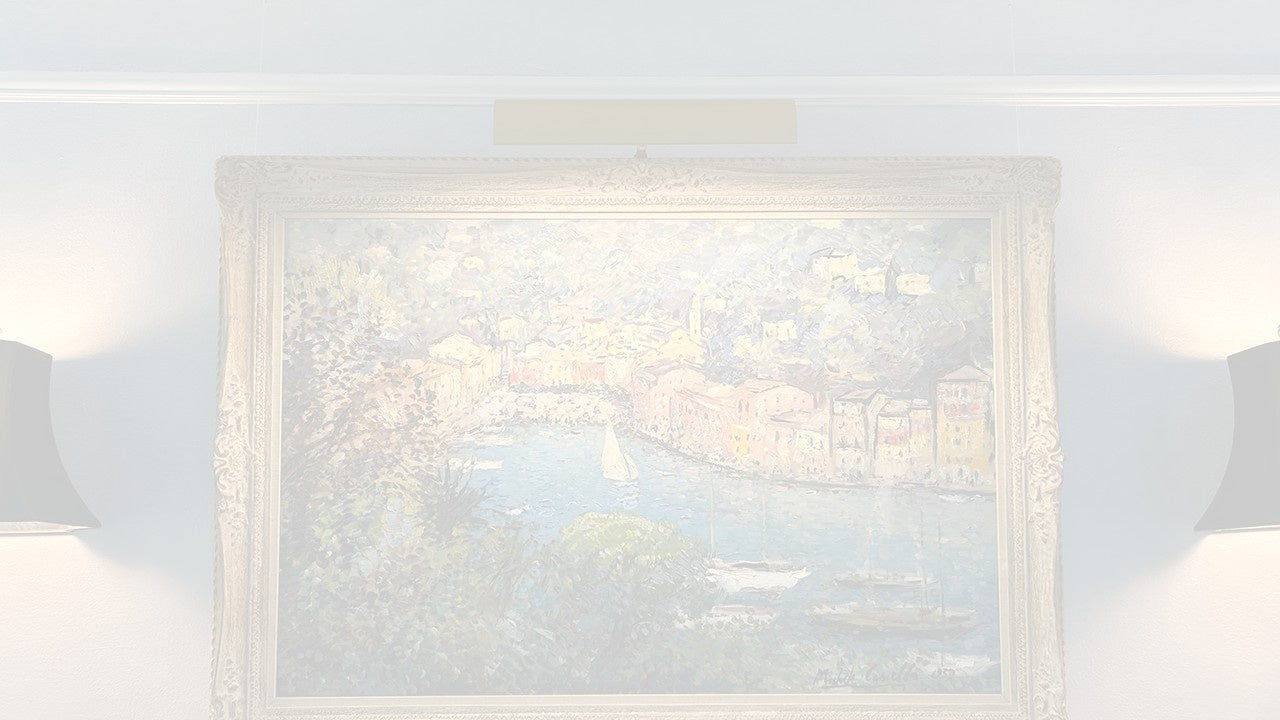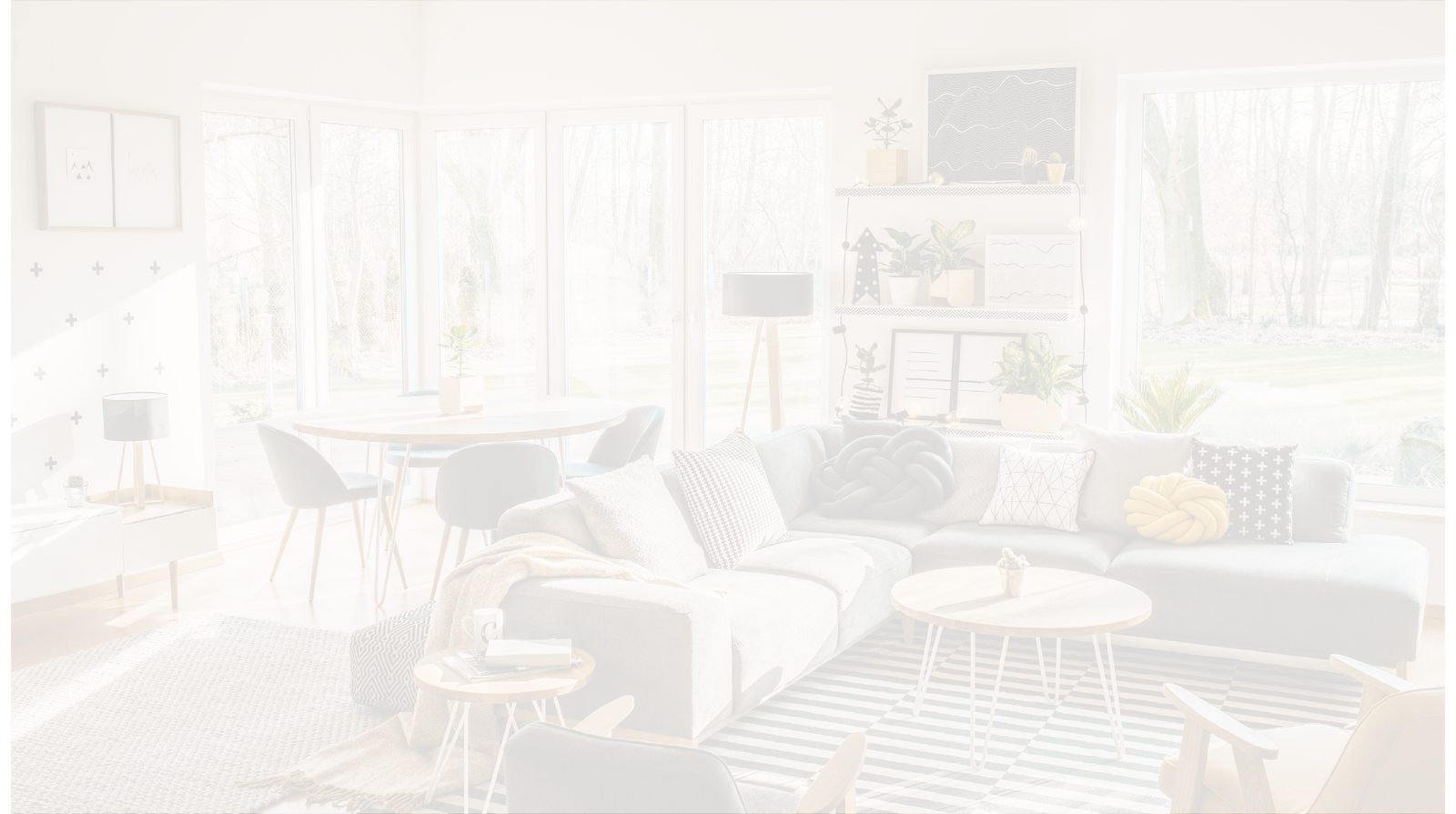Be it out of choice or necessity, opting for smaller spaces is becoming a practical and sustainable way of living. However, doing so demands a lot of creativity when it comes down to deciding how to personalize your space. And if you’re really particular about the look of your small living space, how much decorating can really be done without just making the space look cluttered?
Hanging art on walls may seem counterintuitive. Personalizing your walls may require adding decor that can take up more space than you’re willing to give. But what if we told you there are several creative ways to grow a small art collection on your walls and not feel suffocated?

You don’t have to give up an integral part of making your home reflect your personality. Here are three unique picture hanging ideas to help you display your art in a small home.
3 Ways to Hang Art in Small Spaces
Framing and hanging art and pictures is a more practical way to decorate than having a cluttered assortment on top of shelves and tables. Having bare walls can also disrupt the visual cohesiveness of your home, so even having just a variety of picture frames for display will create a focal point to make it feel like a more spacious area.
Set up a gallery wall.
Galleries and museums have rules regarding how to hang pictures without making the walls feel busy or cluttered. Below are some of the methods you can use when planning your personal gallery wall:
Uniform Spacing
The Tones Gallery, for example, recommends that when decorating narrow spaces, you can add volume without making it look crowded by having a uniform spacing between the frames.

Here’s a quick guide for standard spacing:
- Keep all frames 2-3 inches apart, regardless of the size of the frames.
- For narrower walls and tighter spaces, a 1-2 inch spacing between the frames is actually better.
- The maximum spacing is 4-6 inches.
Symmetrical Display
In feng shui, symmetry is an important aspect of creating a balanced energy. Create a clean and uniform layout with pieces that share similar tones and matching frames. Don’t worry about it looking bland – the uniformity in itself is a visual treat, especially if it’s a pop of color against white walls.

If a symmetrical arrangement is more to your taste, keep these tips in mind:
- Odd-numbered frames work best with symmetry.
- Simple geometric arrangements are easy to follow for multiple frames. Move the frames around and see if they work best in a triangle, square, diamond, or rectangle pattern.
- If you’re arranging three frames in a row, a standard spacing of 4-6 inches works best. If you have 4 or more frames and want a square or rectangular arrangement, stick to a 2-3 inch spacing.
Asymmetrical Display
Sometimes, it’s more fun to experiment with a variety of frame sizes. There are ways to veer away from the playbook and still make it look cohesive and deliberate. Asymmetry is a great way to add depth and a focal point to a room. Note how size and number can make the display look cohesive or chaotic.

Here are essential tips for how to hang pictures in an asymmetrical arrangement:
- Having an even number of frames is best for asymmetry to create a center.
- Take the biggest frame from the bunch and hang it 60 inches above the ground, or at eye level. This creates the focal point.
- Arrange the smaller frames around the center. Stagger them at different heights.
- Follow the 1-2 inch or 2-3 inch spacing rule.
Single-Piece Display
Skip all the extra work of figuring out the balance between frames by deciding on one large piece. This is a great way to create drama while providing a center. This works best if you want to hang it above furniture, such as the living room sofa or the bed.
What you’ll have to think about with this option is tying up the room’s visual cohesion by making sure the size of the frame balances out the other elements within the room. Typically, the rule of thumb is to make sure the frame is at least two-thirds the size of the object it’s being hung above, be it the sofa or the fireplace.

Look for smart placements.
Remember, it’s all about creating an illusion of more space. Find areas that could potentially have more character with the addition of framed pictures. This includes spaces above or around the furniture, like the dining table or the piano, to emphasize a center.
Here are a few rules of thumb to follow when hanging frames above furniture. For multiple frames, think of them as a unit when anchoring them against the furniture as a reference point.
- If the furniture below allows it, make sure the center of the piece is 60 inches from the floor to place it roughly on eye level.
- If the first tip doesn’t apply, hang the frame so that the bottom is about 8 to 10 inches above the furniture.
- If you have a low ceiling, try to lower the frame to 6 inches above the furniture. Keep adjusting until you get the right balance.
- The frame should at least be two-thirds the length of the furniture below.
- Unless you’re going for a really dramatic effect, avoid hanging frames that are wider than the furniture as this can easily overwhelm it.

You could also look at more interesting areas like entryways, bathroom halls, and awkward staircase walls. Take it as an opportunity to have fun hanging frames and getting to know your home’s more unarticulated nooks and crannies.

Pay attention to the color scheme.
Another thing to think about when creating a sense of balance within the room is the color scheme. Whether you’re hanging just one or multiple picture frames, the photo and frame’s color palette can make or break the room’s visual cohesiveness. They don’t have to match exactly; try to mix and match with complementary colors and add some depth by having varying shades and tones.
Color psychology also comes into play here. Lighter colors make rooms feel larger and more open, while darker shades can make spaces feel more cozy.

The Best Hardware for Hanging in Small Spaces
Now comes the more technical part! There’s no need to worry about the confusing jargon and technicalities of picture-hanging hardware. We’ve narrowed it down to the four easiest and most practical choices for narrow walls and tiny spaces.
Picture Rail System
A picture rail system is an excellent option for narrow spaces because it allows you to hang multiple pieces of art on one rail, freeing up valuable wall space. Hanging several framed pieces in a vertical arrangement draws the eye up toward the ceiling. This set works great for hanging photos above the sofa, beside the bookshelf, or around a door frame.

There are two ways you can achieve a vertical picture rail system. First is checking if your ceiling already has picture rail molding (sometimes called “Ogee” or “OG” molding). This is common in older homes built before the 1950s. A picture rail is a small molding that’s either installed flush against the ceiling or spaced down to less than an inch.
If you have these, you’ll only need the picture rail hooks, cords and hooks to attach to the frame to the cords to hang your pictures. Take a look at the selection of gallery systems and components available in our store.

Another way to have a gallery hanging system is to install a gallery track or a rail on the wall. They assume the function of a picture rail molding and hold up the hooks for single frames or multiple frames arranged vertically.

Luckily, we offer picture hanging kits complete with a track, hooks, and cords for an easy installation process. They also come in steel and nylon cord variations.
RELATED: Everything You Need to Know About Picture Rail Hooks
French Cleat System
A French cleat system is a two-part hanger that’s ideal for narrow spaces like bathroom halls because it allows you to hang art flush against the wall with a small offset. One part of the hanger is mounted on the back of the art, and the other part is mounted on the wall. The two parts interlock, holding the art securely in place.

For small spaces and lightweight frames, regular cleat hangers are the way to go. Light frames generally weigh below 50 lbs; however, choosing the right cleat hangers will depend on the length and material of the frame you’re using. Check out our in-store guide to matching cleat length and frame width.
Wall Hooks
If you simply can’t use picture rails or cleats, or prefer a different hanger altogether, using wall hooks can also be a quick and efficient way to hang art.

Depending on the frame weight and wall type, we have a selection of different wall hooks that you should take a look at.
For brick and concrete walls:
For plaster and drywall:
Adhesive Picture Hangers
Maybe you’re not looking to hang any framed pieces. Hanging unframed art is an easy and affordable way to decorate small apartments. One common alternative to framing photos or art is foam-core mounting, where foam board is used to provide structure to the paper medium. While they still adopt similar gallery arrangement dos and don’ts, they require different hanging hardware.

If you’re planning to put up foam-backed prints or posters, we have the perfect materials for you: hangers with adhesive strips. This removes the need for frames with nails or screws. Check out what we have below:
- Can carry up to 3 lbs per hanger
- Can carry 1 lb per hanger
- Used for foam boards
RELATED: 9 Ways to Hang Art Without Frames
Final Thoughts
Contrary to any initial doubts some people may have about decorations cluttering up small spaces, hanging artwork and pictures can actually help open up the room and make it look more spacious. It all comes down to how you tell a visual story with placement, color scheme, and arrangement. There’s a technical part to it too, and we hope that this article has provided you with more insights on the most efficient ways to install your picture collection.
Feel free to browse through our store for your materials and reach out to us if you need any help!








Leave a comment (all fields required)